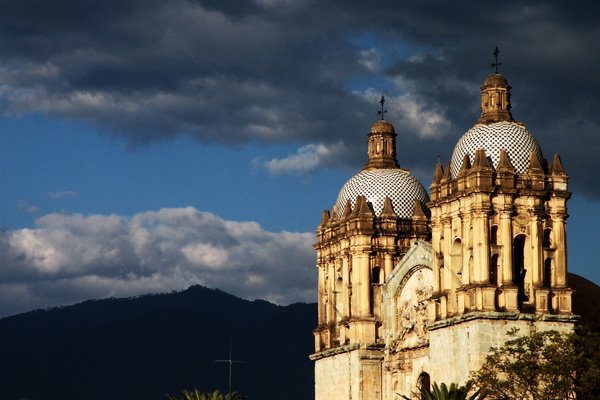The Tlatelolco massacre, also known as The Night of Tlatelolco (from a book title by the Mexican writer Elena Poniatowska), was a killing of an estimated 30 to 300 students and civilians by military and police on October 2, 1968, in the Plaza de las Tres Culturas in the Tlatelolco section of Mexico City. The events are considered part of the Mexican Dirty War, when the government used its forces to suppress political opposition. The massacre occurred 10 days before the opening of the 1968 Summer Olympics in Mexico City. More than 1300 people were arrested by security police. There has been no consensus on how many were killed that day in the plaza area.
At the time the government and the mainstream media in Mexico claimed that government forces had been provoked by protesters shooting at them. But government documents made public since 2000 suggest that the snipers had been employed by the government. Estimates of the death toll ranged from 30 to 300, with eyewitnesses reporting hundreds dead. According to US national security archives, Kate Doyle, a Senior Analyst of US policy in Latin America, documented the deaths of 44 people. The head of the Federal Directorate of Security reported the arrests of 1,345 people.There are protests planned for this afternoon, but I caught this gathering earlier today.
One of the paintings just outside the entrance. The man is Heriberto Pazos Ortiz, leader and founder of the Movement of Triqui Unification and Struggle (MULT), who was killed in last year in Oaxaca.
This guy was singing his heart out, and quite good, to backing tracks, but his audience, mostly Triquis from outlying villages broke nary a smile. They are justifiably dour.
One of the toughest crowds I've seen in a while, but he just belting it out.
The zocalo remains in a constant state of protest ringed by vendors, all pretty ugly.
But today, they remember the horrible events of 1968. What a year that was!
As they say, "¡Viva la Revolución!"








No comments:
Post a Comment